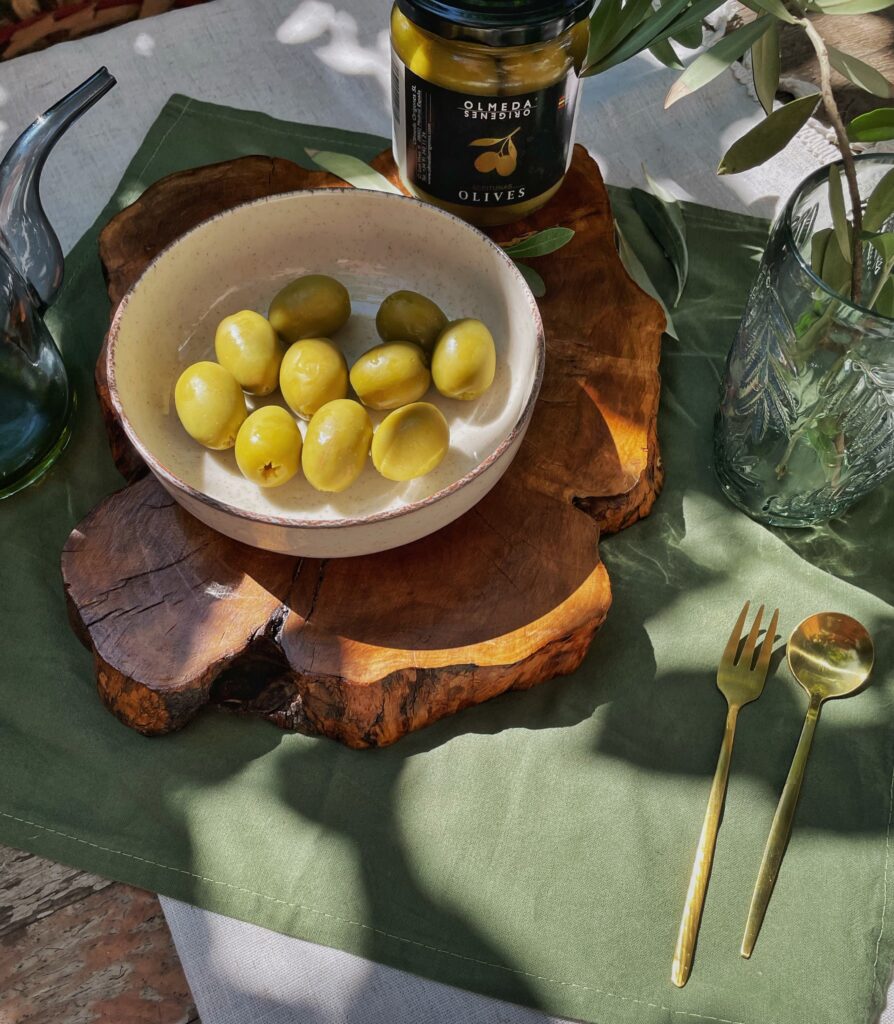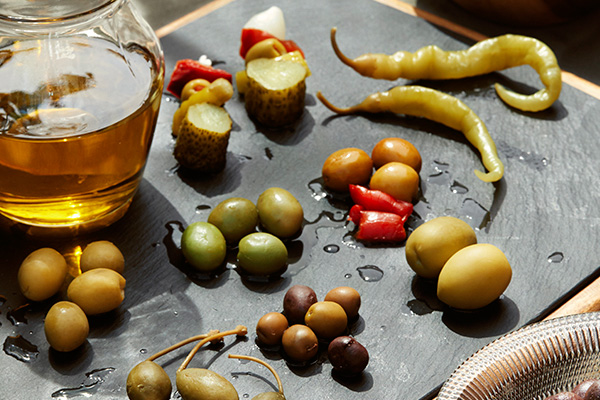26 Dec The Table Olive Crisis: Challenges and Sustainable Solutions
In the heart of Spain, olive groves are grappling with the impact of a drought lasting over five years, signaling a potential crisis for the vital olive industry in the region. The worst olive harvest of the century, a 55% reduction in production, and rising costs have set the stage for a challenging period ahead.
Causes
Numerous factors have contributed to this situation: water scarcity, stemming from both climate change and low reservoir levels, has hit olive farmers hard, especially in Sevilla, Jaén, and Córdoba. The struggle is real: limited water allocations, scorching temperatures, and diminished olive tree capacity to produce healthy fruits under extreme water scarcity conditions, coupled with high temperatures in May during full bloom, simply dried up the future fruits.

Impact
It’s no secret that due to these factors, the price of olive oil has skyrocketed, while consumption has dropped an estimated 40% in the past year. This has severely impacted traditional table olive farmers’ decisions, as they have chosen to sell their olives to oil mills for EVOO production, drawn by high prices and increased profits. The repercussions go beyond prices: with the small quantities produced in this campaign, the threat is not being able to meet the entire demand for table olives.
Beyond our borders, the situation affects Portugal and Italy, putting pressure on table olive and olive oil prices across Europe. Table olive associations warn of a “complicated” 2024 for the agri-food sector, with consecutive years of declining production.
Sustainable solution
Amidst this crisis, a sustainable solution emerges. The adoption of advanced techniques, such as precision irrigation using reservoir water, ensures optimal hydration for olive trees while minimizing water wastage through evaporation. As industry leaders call for a reassessment of production forecasts, adopting these sustainable practices becomes not only a necessity but a beacon of hope for the future of table olives. There is still much research to be done to update fields to the current and future climate situation, ensuring the continuity of our national treasure.




